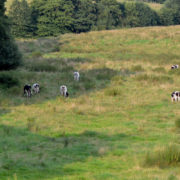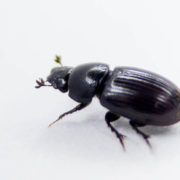New publication: Proposal for a monitoring concept for veterinary medicinal products with PBT properties, using parasiticides as a case study
A proposal was prepared for the post-authorisation monitoring of veterinary medicinal products, in particular parasiticides. Such a monitoring might especially be useful for parasiticides identified as PBT substances, i.e., substances that are toxic (T), persist in the environment (P) and bioaccumulate (B). Based on a literature search, issues are discussed that have to be considered […]



 K. Duis
K. Duis E. Roller
E. Roller
